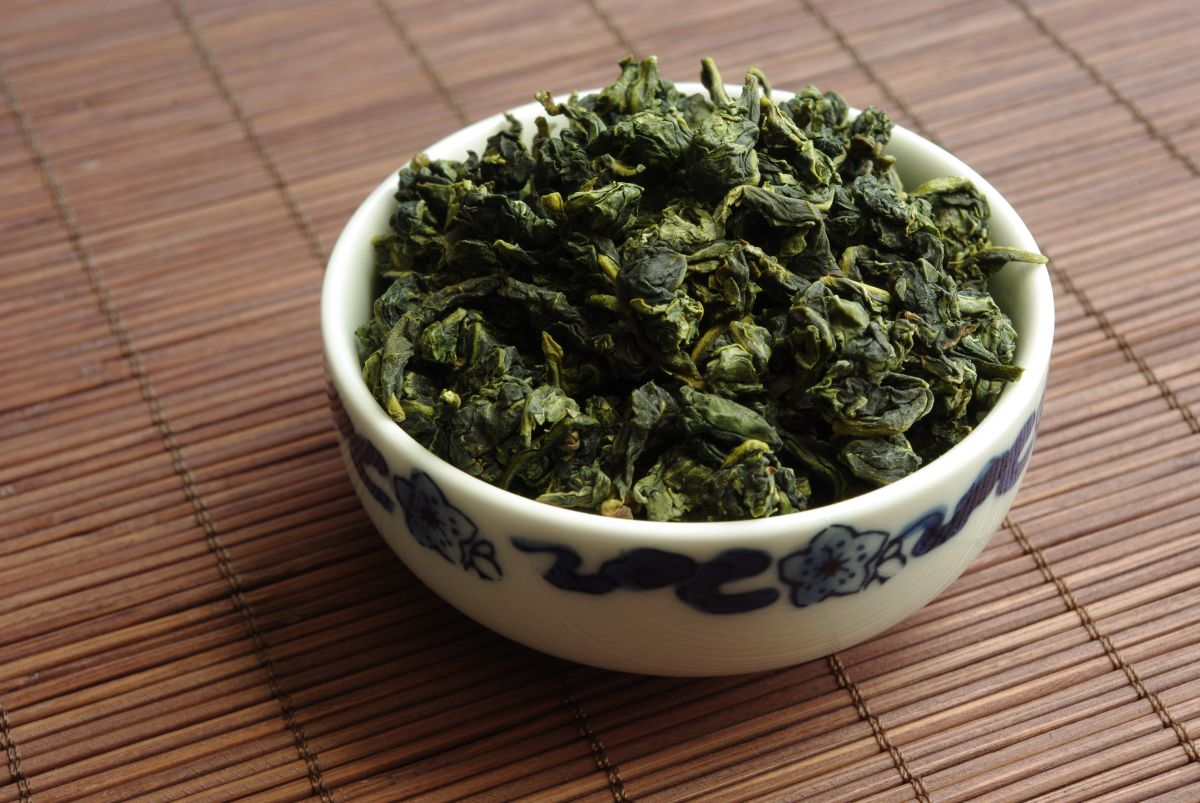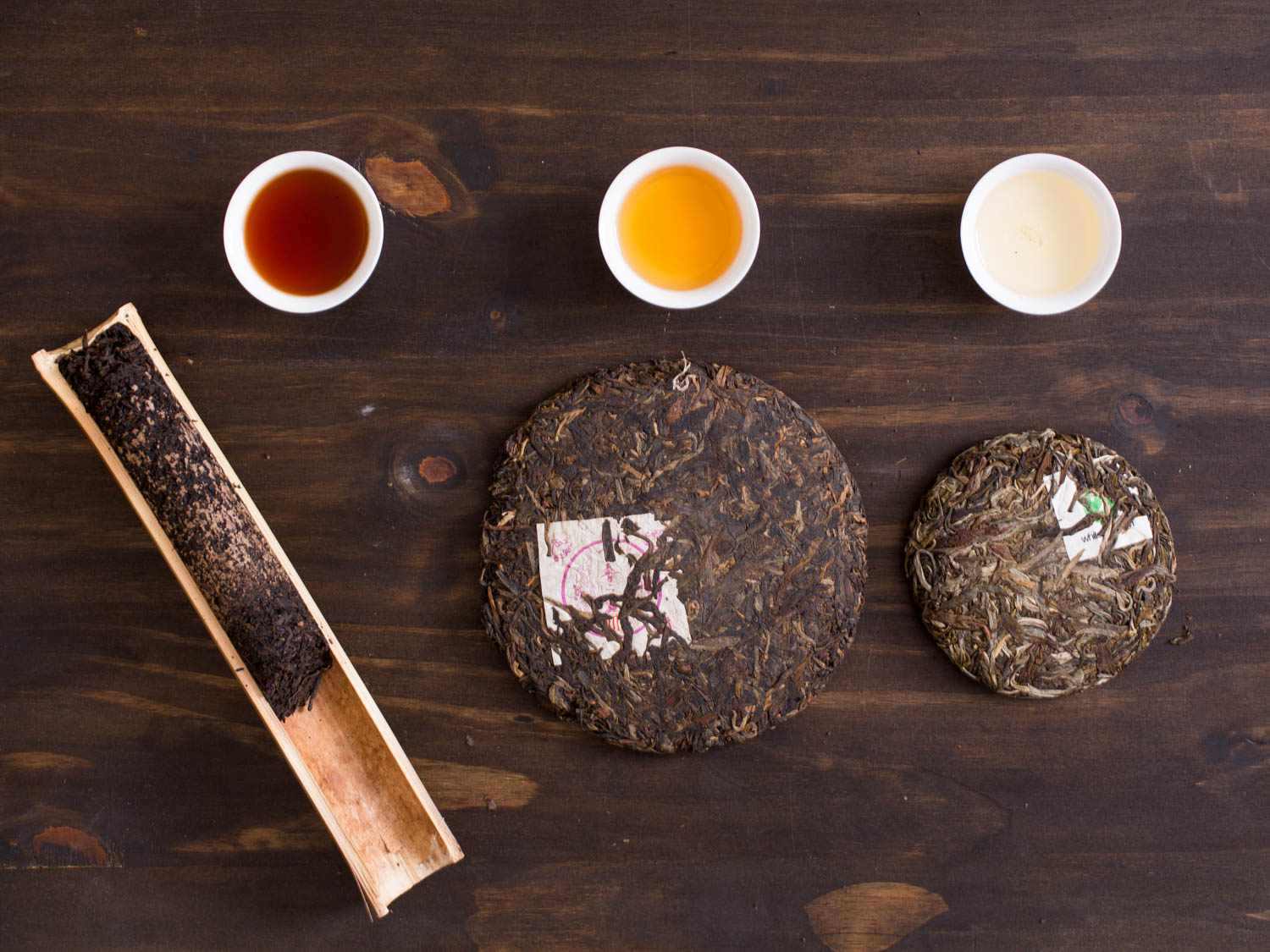Tea is enjoyed by millions of people daily as an affordable drink, but some ultra high-end teas command prices up to $1,850 per pound! What makes these brews so costly and sought-after by tea aficionados? From scarce supply to extensive hand-crafting, we explore the fascinating stories behind the priciest teas on Earth.
Da Hong Pao – The “Big Red Robe” Oolong
History & Taste
Da Hong Pao hails from the towering Wuyi Mountain region of China’s Fujian Province, where it grows on perilous cliffs, contributing to its scarcity. The tea gets its nickname from the distinctive reddish hue of the leaves after oxidation. With alluring floral and woodsy notes reminiscent of orchids, ripe fruit, and honey, Da Hong Pao is a smooth yet complex oolong beloved for its multifaceted flavor profile. The taste offers a perfect balance of roasted, sweet, and fragrant taste sensations.
Scarcity Drives Up Value
Only a miniscule number of narrow, high-altitude cliffs along Wuyi Mountain produce the oolong bushes that generate genuine Da Hong Pao. Rampant overpicking over centuries has made this specific varietal exceptionally rare. Combined with ever-growing demand, particularly among Chinese oolong aficionados willing to pay premium prices, Da Hong Pao prices have skyrocketed in recent decades. At luxury tea auctions mainly frequented by wealthy Chinese tea collectors, Da Hong Pao often fetches record-shattering hammer prices up to $1,850 per pound.
Panda Dung Tea – From Excrement to Exquisite
An Unusual Origin Story
Harvested in the misty, forested mountains of China’s Sichuan province, the incredibly scarce panda dung tea is made from leaves and twigs that have been gnawed on by wild pandas before going through the panda’s digestive system and being excreted. The pandas’ unique digestive process is thought to impart singular flavors and aromas to the undigested tea leaves and twigs passing through their guts. Tea masters dry and process this panda poop into an exotic tea unlike any other.
Labor-Intensive Production
Collecting the scarce panda poop then thoroughly cleaning, drying, and processing the tea is an extremely labor-intensive, costly endeavor, resulting in miniscule quantities that drive prices up to $3,000 per pound or more. Despite the astonishing price and unusual fecal source, panda dung tea remains popular with adventurous tea connoisseurs and collectors seeking new exotic tea experiences. The time-consuming production and natural scarcity make it a valuable prize.
Dainty Blossom Phoenix Oolong
Hand-Crafted Artistry
Grown in the verdant, mist-cloaked Phoenix Mountains of Guangdong, China, each batch of the sweet, honey-scented Dainty Blossom Phoenix oolong undergoes an intricate handcrafting process perfected by specialists over decades. Skilled workers carefully pick the best leaves then manually roll, shape, and curl them into elaborate flower-like blossoms that unfurl when infused.
Art in a Cup
These expert tea artisans deftly fold and roll each leaf, employing years of experience, to resemble an orchid blossom and release the most nuanced aromas. This artistic touch maximizes the tea’s flavor and visual appeal but requires extensive labor from well-paid craftspeople, as reflected in the tea’s astounding $1,850 per kilogram price tag. For connoisseurs, Dainty Blossom Phoenix oolong offers a sublime intersection of health-giving tea and human artistry.
The combinations of limited quantities, labor-intensive production methods, and mystic allure hoist the most exclusive teas into luxurious territory far beyond everyday brews. For deep-pocketed tea collectors, the astronomical cost brings an unmatched drinking experience.



